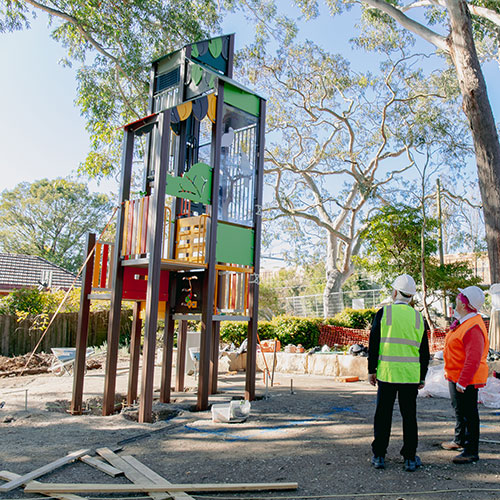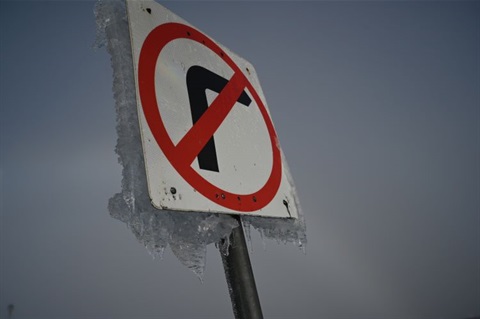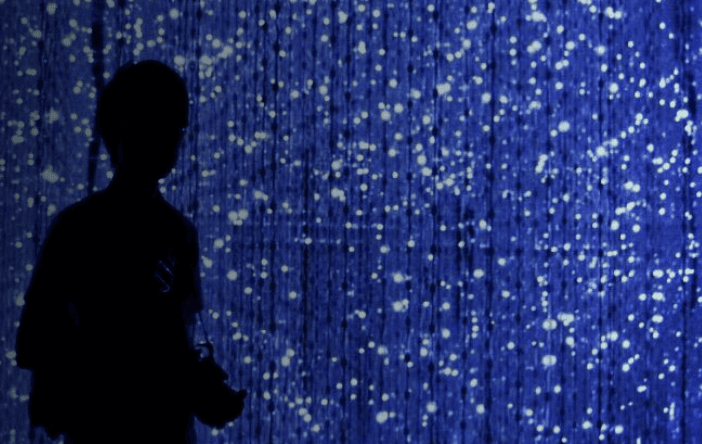The City of Ballarat’s first landfill cell capping project using geosynthetic materials is underway on more than two hectares of land at the Ballarat Regional Landfill.
Fully-funded by the City of Ballarat, the large-scale $2.6 million project will cap cells (large spaces dug and lined at a landfill where waste is layered and compacted) in line with Environment Protection Authority (EPA) requirements.
The work is weather dependent and is being carried out in two stages. The first stage began in January and was recently completed. The second stage of works will take place next summer and will be completed by June 2025.
City of Ballarat Mayor, Cr Des Hudson said this best-practice environmental treatment will take place as part of the capping of all our municipality’s landfill cells going forward.
“The City of Ballarat is committed to the best processes of containment and ongoing management of our waste,” he said.
“This is one of our largest landfill capping projects ever undertaken and these cells fill very quickly. We need to work together to recycle and reduce as much of our waste going to landfill as possible.”
Everything residents throw in their household waste bin is disposed of at the Ballarat Regional Landfill at Smythesdale. More than 23,000 tonnes of waste from 50,000 homes were sent to the landfill in the 2022/23 financial year. The landfill also takes commercial and industrial waste.
How cell capping works
Cell capping isolates and prevents the spread of contamination. Caps safeguard residents, wildlife and the environment from contaminants as well as preventing rainwater ingress minimising generation of leachate.
The EPA provides strict guidelines on the construction and management of landfill caps. When a cell has reached capacity, the cell is closed and covered with soil. After the cell has settled for a short period, the cell is then capped.
Under this capping project, the cell is shaped in preparation for the geosynthetic materials. A geosynthetic clay liner is applied followed by a layer of low density polyethylene over the top.
The layers are covered with subsoil and topsoil before hydroseeding sows vegetation to ultimately stabilise the ground and reduce erosion from rainwater runoff.
Capping prevents the seepage of rainwater which would become leachate. Leachate contains contaminants that must be prevented from entering natural water sources in the area. Capping also allows for the capture of methane for conversion to energy.
The City of Ballarat is transitioning to a circular economy, focusing on reducing waste and recycling materials and seeking local opportunities for product development and support for local innovations.
In May, the City of Ballarat in partnership with Sustainability Victoria, launched the Small Acts, Big Impact campaign, encouraging residents to keep recyclable items loose in the yellow-lid recycling bin so that more of our mixed recycling can be turned into new products.
The City of Ballarat’s new $5.7 million cell at the landfill began taking the municipality’s household waste in January 2024. Known as Cell 1 Stage 2, the cell covers an area of 19,900m2 and will hold 325,000m3 of household waste. It is estimated it will reach capacity in three years.







